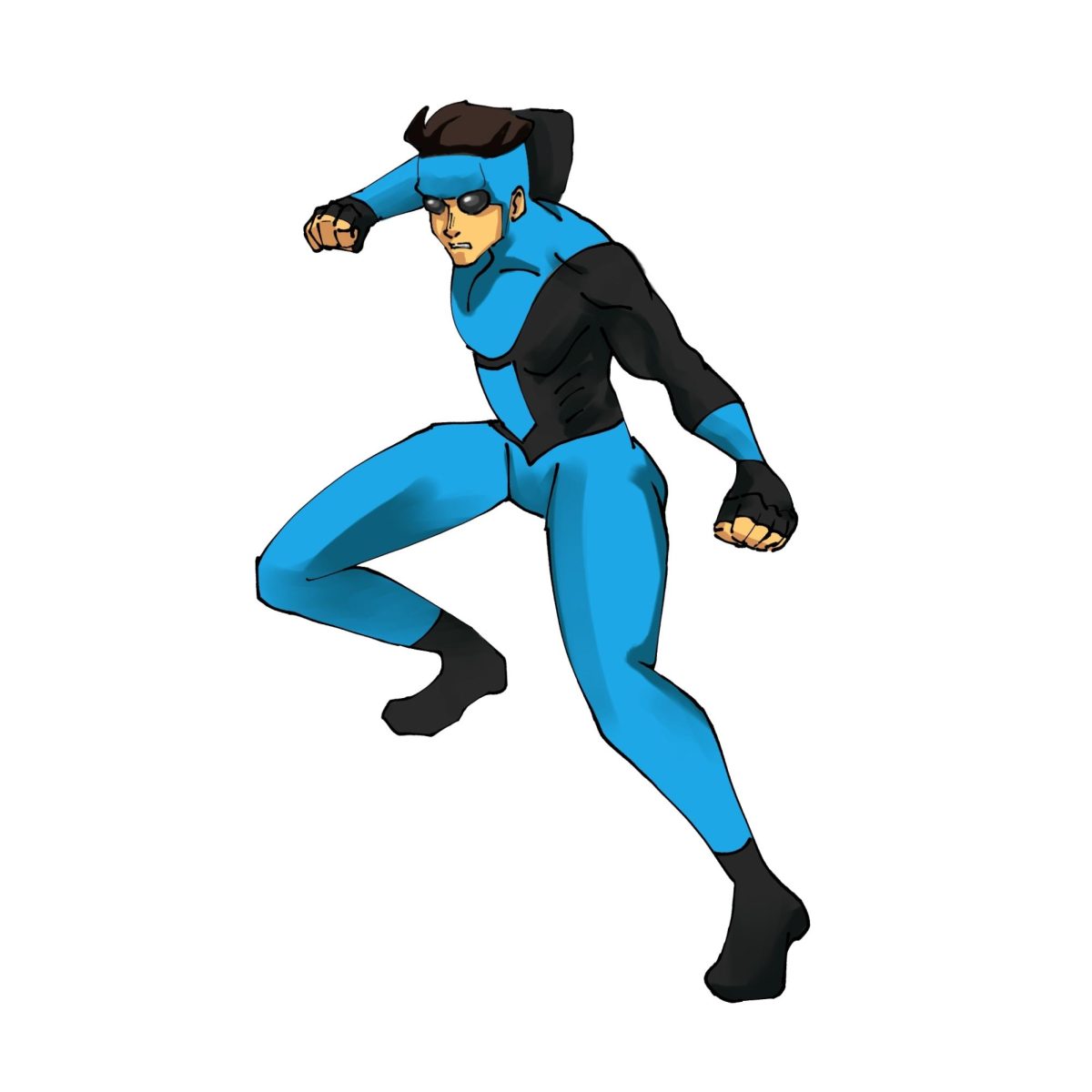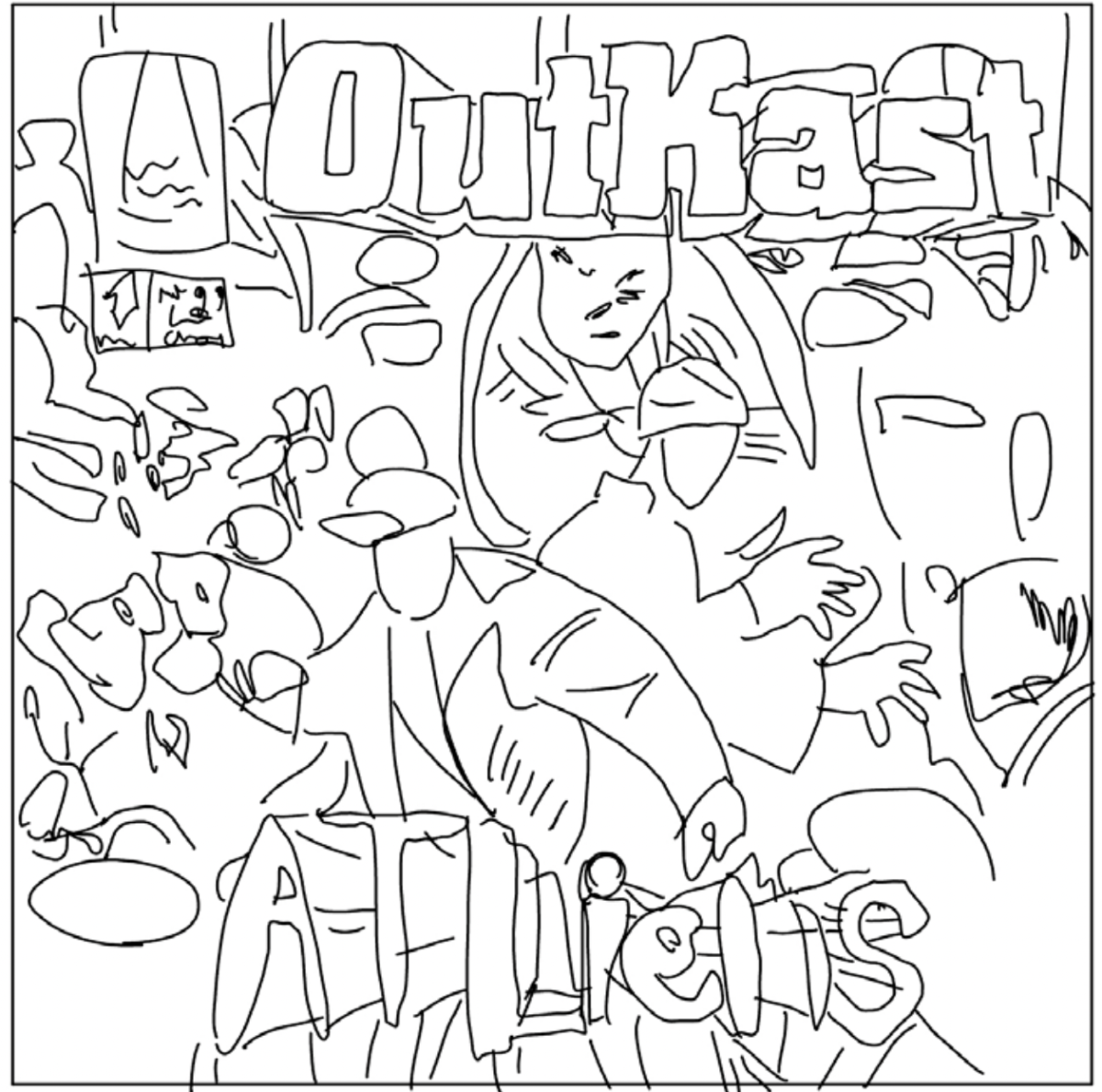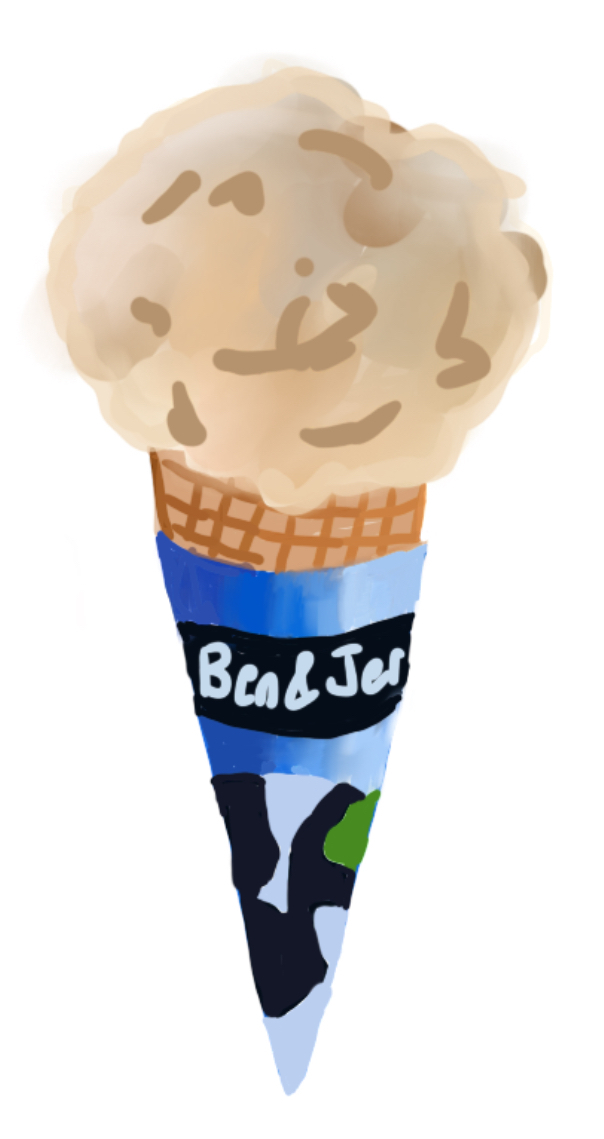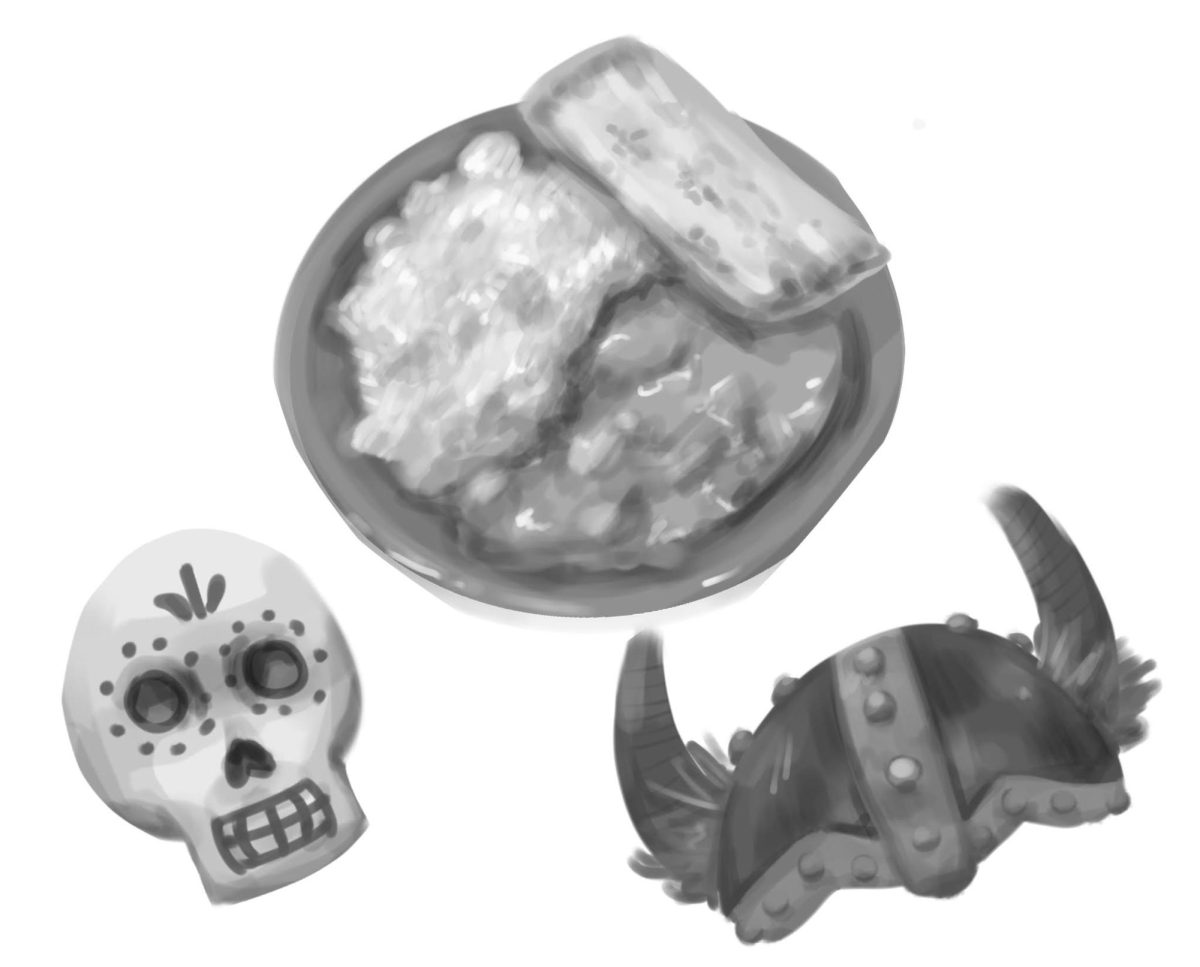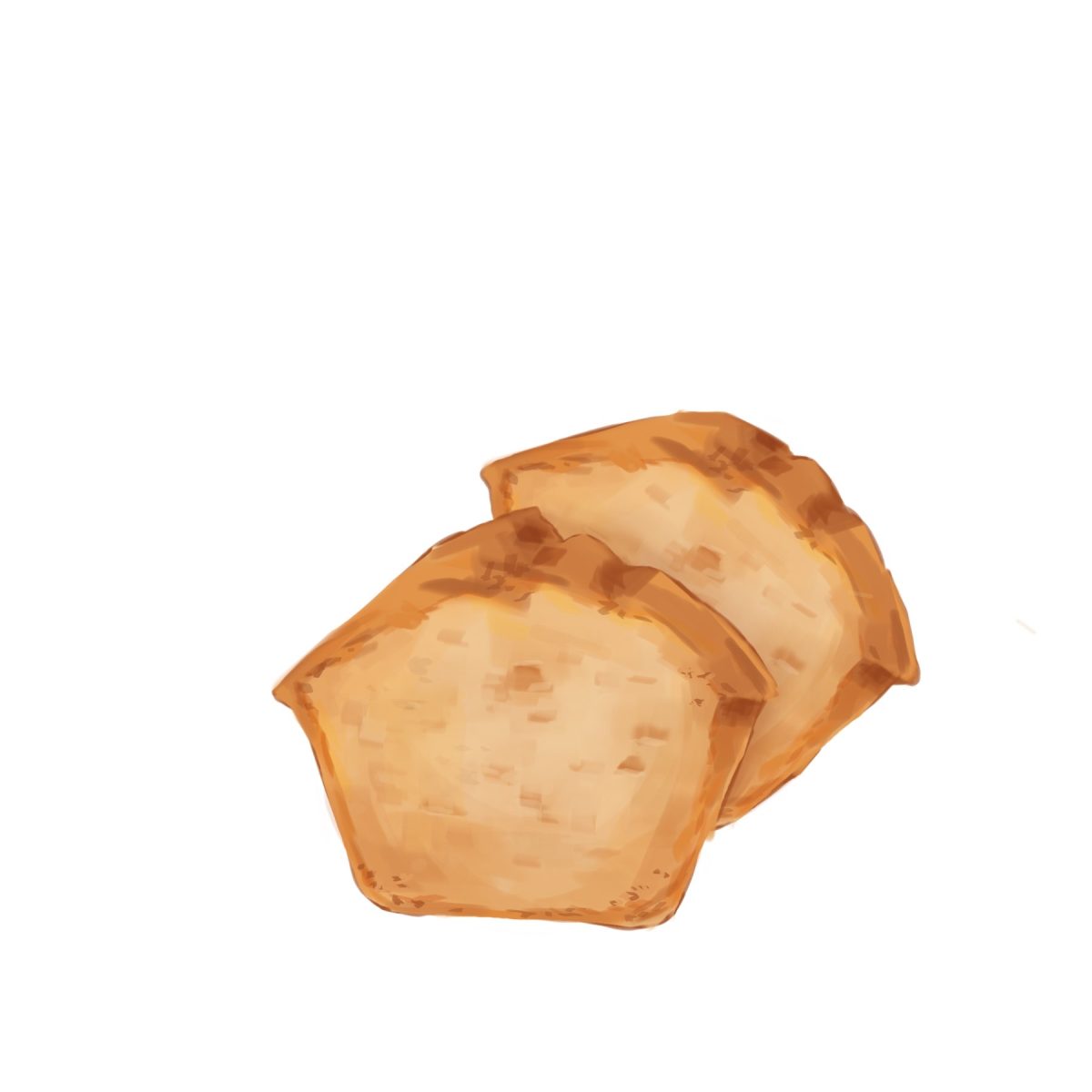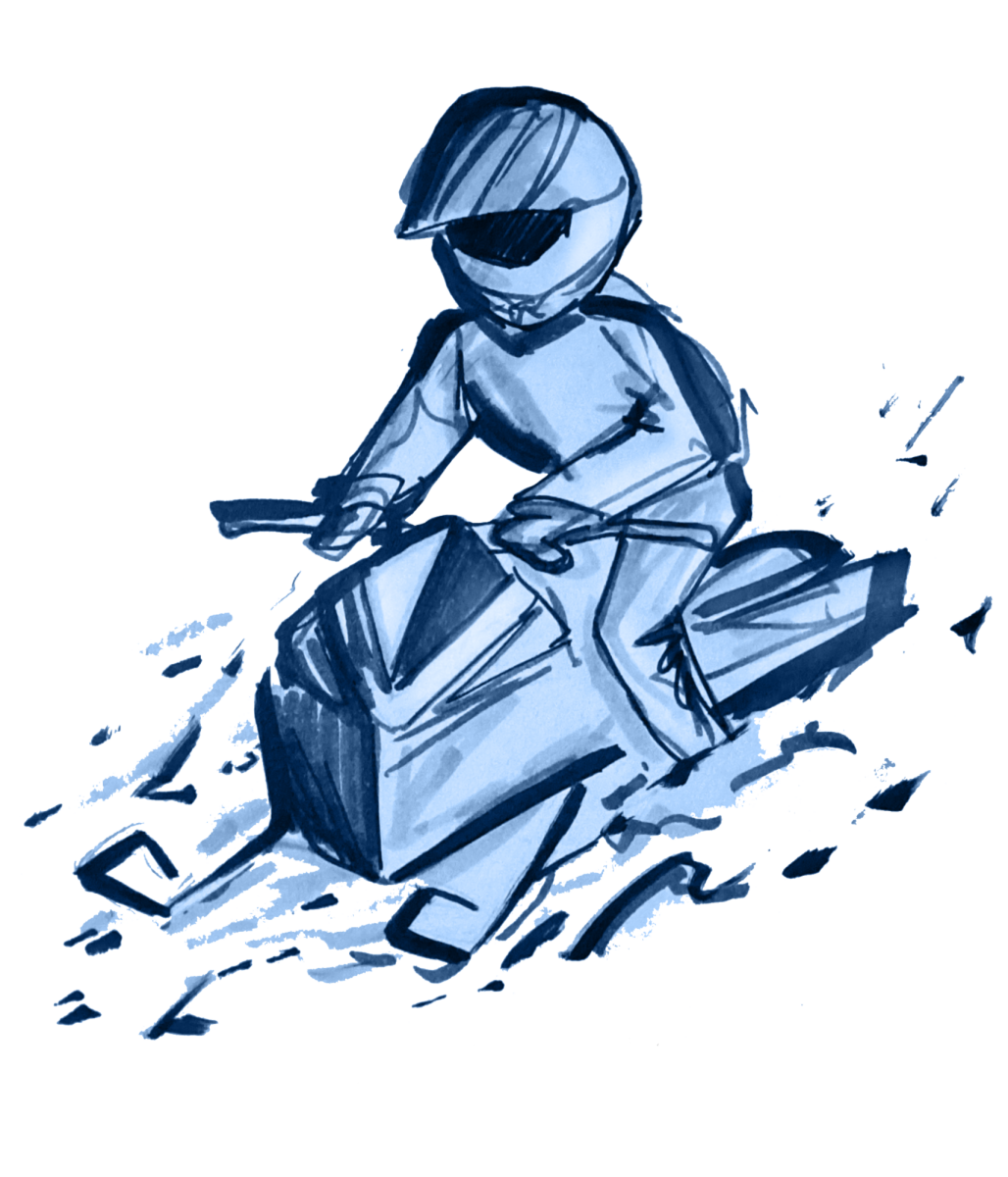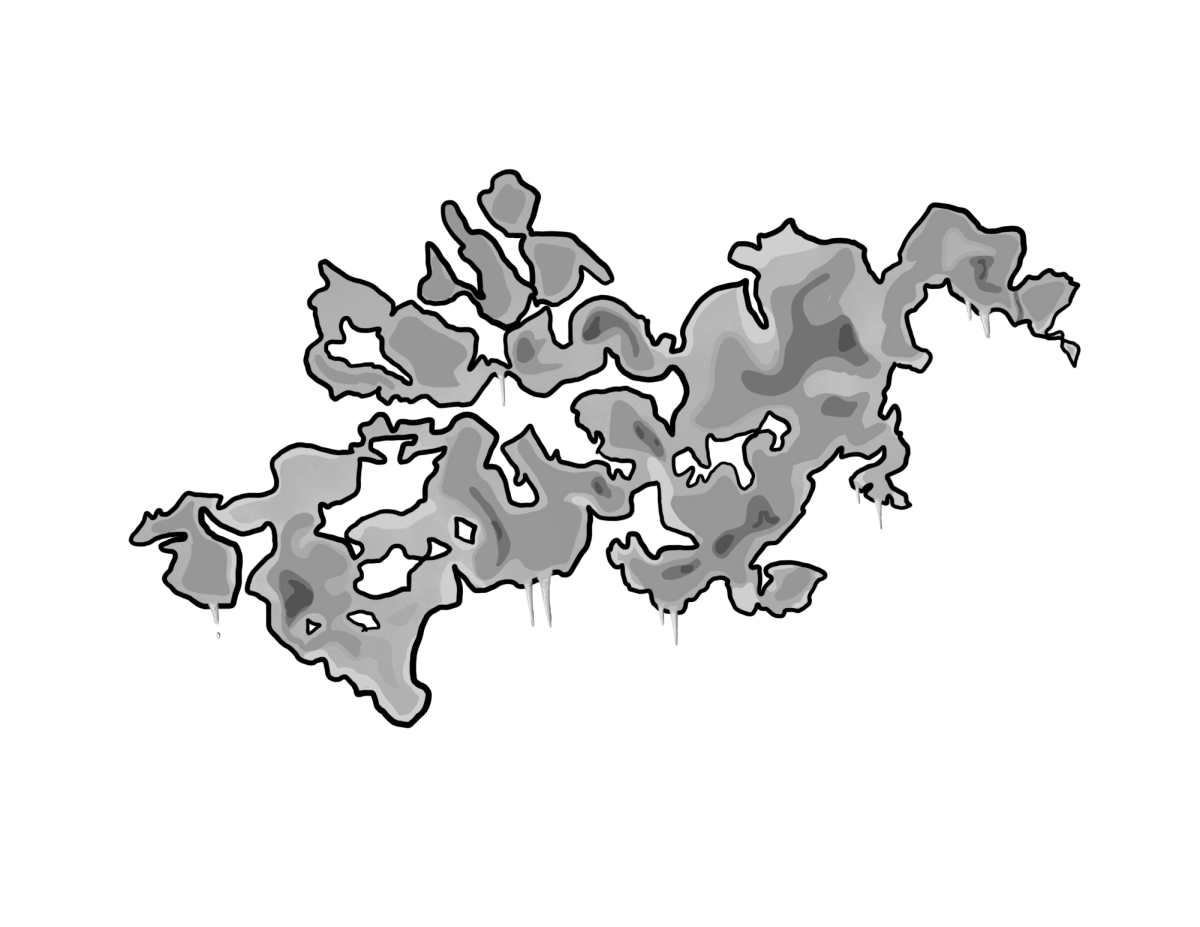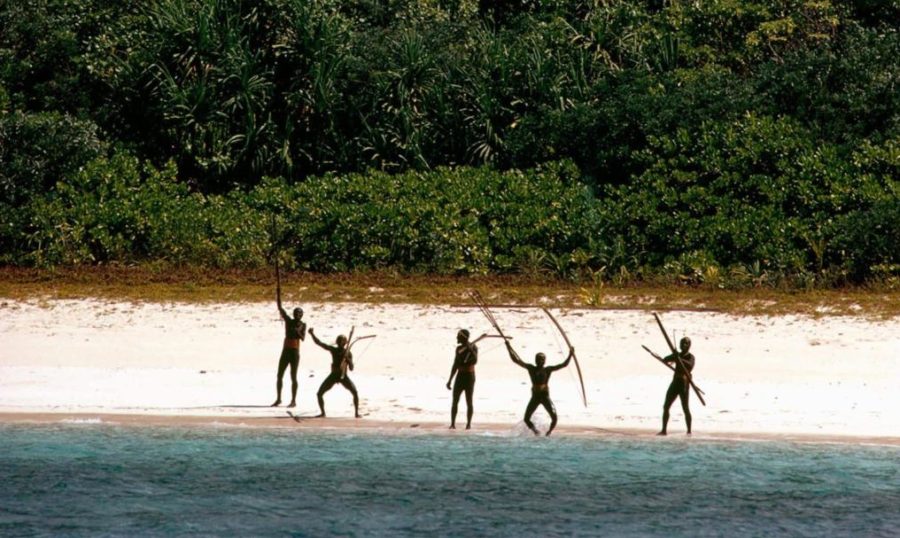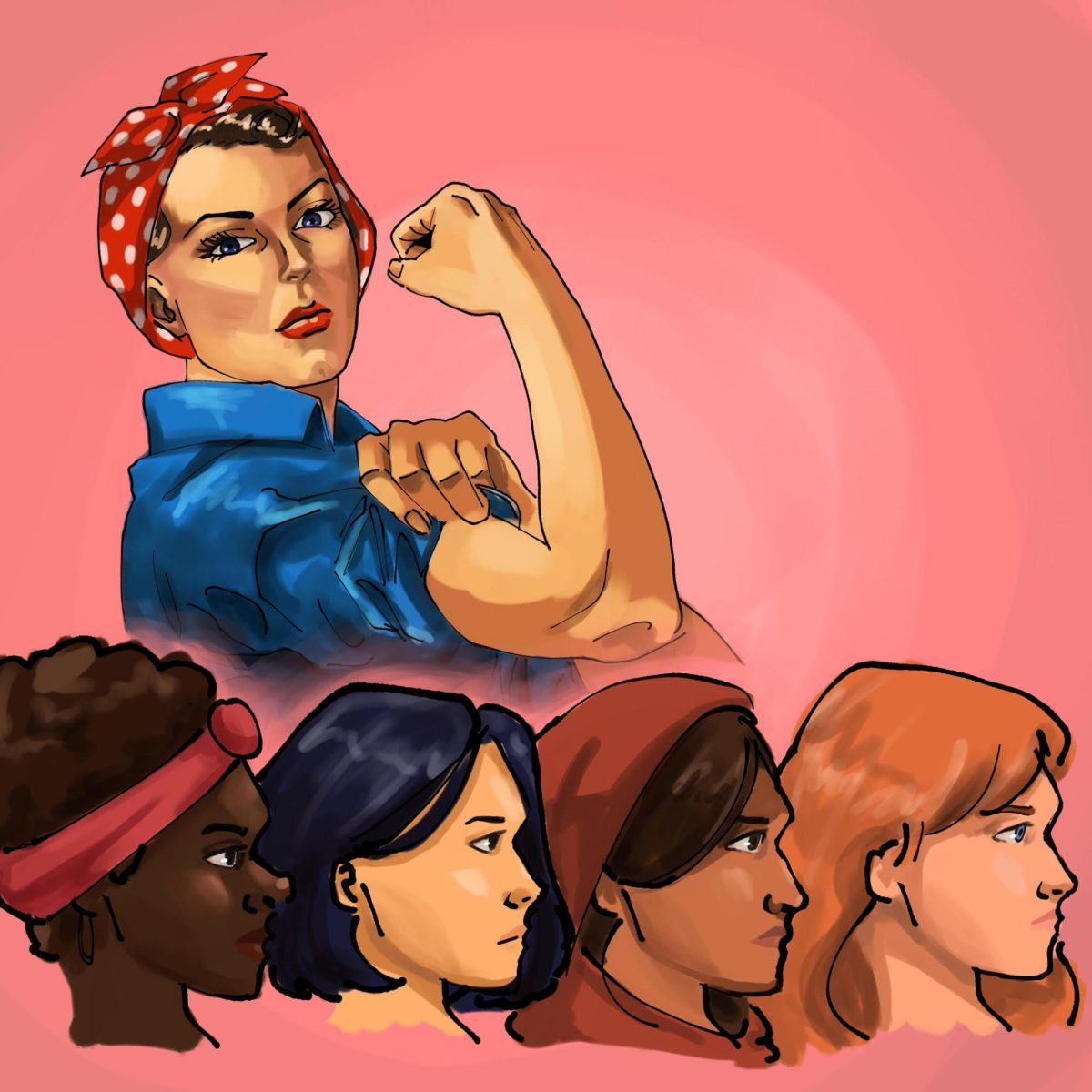Do Not Disturb: Consequences of Invading an Isolated Tribe
December 21, 2018
Indigenous people reside in all regions of the world, particularly in locations with high biodiversity. Despite the fact that Indigenous groups live in rather remote and isolated areas, they are strongly affected by climate change and the rapidly developing technological world.
North Sentinel Island is home to the Sentinelese, an indigenous tribe who have avoided contact with the outside world for over 50,000 years. It is an Andaman Island in the Bay of Bengal, just west of Myanmar.
The island, however, is considered part of India, where the Indian government has protected the island and attempted to make sure that it has been left undisturbed for decades. Although their total population remains unknown, there are at least 15 Sentinelese tribespeople on the island, according to a census done by the government of India in 2011.
Understandably, their lack of desire to be in contact with the outside world makes sense.
Their isolation has made not only the Sentinelese, but also the other indigenous peoples of the world, highly susceptible to diseases and illnesses that are common to outsiders.
“The indigenous people of the world in general are already endangered. Since they have been isolated from modern society for such an extended amount of time, they don’t have the same immunity for disease as we do,” Meg Hellerud, ‘19, said in defense of the Sentinelese tribe.
On November 15th, 26 year-old John Allen Chau, an American missionary, illegally traveled to North Sentinel Island. Chau asked a friend and a local engineer to gather a few fishermen, whom he would pay three-hundred-fifty dollars each, to get a boat to take him to the island. Upon arriving on his first venture to the island, Chau had carried a Bible with him to help express and spread his beliefs among the Sentinelese people. Upon returning to the boat with the fishermen, Chau and his Bible had both been visibly shot by arrows, assumed to be shot by the Sentinelese.
Astrid Liden, ‘19, believes that “[Chau] had good intentions but at the same time, he did it the wrong way and at the wrong time. Since this tribe is so isolated, he could not have expected them to be welcoming to him as someone invading their protected island.” Chau went to island a total of three times, but the third time would be his last.
After the third attempt to try to communicate with the tribe, the fishermen that assisted him witnessed tribespeople dragging his body around the beach of the island. After Chau visited the island, the question was raised about whether or not exposure to the civilized world would affect the tribe’s ability to survive.
According to the organization Survival International, the Sentinelese are the world’s most isolated tribe.
Surely, this recent incident has reinforced the well-known notion that they want to remain isolated, however, it also makes them more vulnerable and open to the world.
“Upon arrival, he was both indirectly and directly threatening their lives. [Chau] knew that the [Sentinelese] had violent cultural customs; violent, at least, according to the Western view. His impulsive appearance to the island […] just seems like a thrill-seeking, culturally antagonizing moment for a group of people who wish to be left alone,” Hellerud said.
A similar incident happened in 2006 when two fishermen were killed when their boat had floated adrift on the island shore while they were sleeping.
This proved to the world that the Sentinelese have not failed to maintain their violent reputation.
From a more Western perspective, perhaps, the tribe’s actions seem highly violent and harsh. However, thoughtful consideration from the Sentinelese point of view is absolutely necessary.
Whichever stance you take, you must consider both sides. After all, we are all humans, just trying to survive in this harsh world.


